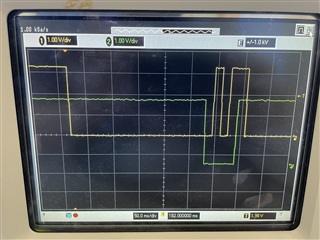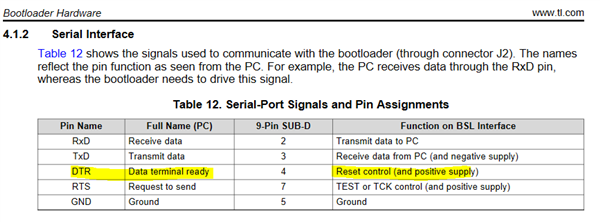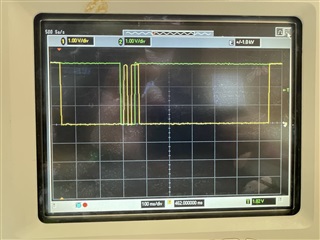Other Parts Discussed in Thread: MSP-EXP430F5529LP
Hello,
I'm currently trying to use this chip (for the first time) in a design of mine, but am having trouble flashing any code onto the chip without getting a synchronization error back. My setup consists of a simple breakout PCB with just the MCU (and a disconnected clock module) on it, connected via an FTDI USB-to-serial adapter (FT232RL). I have a simple sketch from the Resource Explorer designed for the chip that I am uploading in a post-build step in code composer studio, but no luck so far. Is there something that I am missing in this setup, or some other components that might make this process easier? Any advice would be appreciated.
(my setup is also described more in depth in this thread: https://e2e.ti.com/support/microcontrollers/msp-low-power-microcontrollers-group/msp430/f/msp-low-power-microcontroller-forum/1093421/msp430afe253-msp430afe2xx-issue-connecting-to-an-external-oscillator)
The error reads as follows:
MSP430 Bootstrap Loader Communication Program (Version 2.01c)
Number of mass erase cycles set to 1.
Mass Erase...
ERROR: Synchronization failed!
Device with boot loader connected?
makefile:164: recipe for target 'post-build' failed
gmake[2]: [post-build] Error 1 (ignored)




